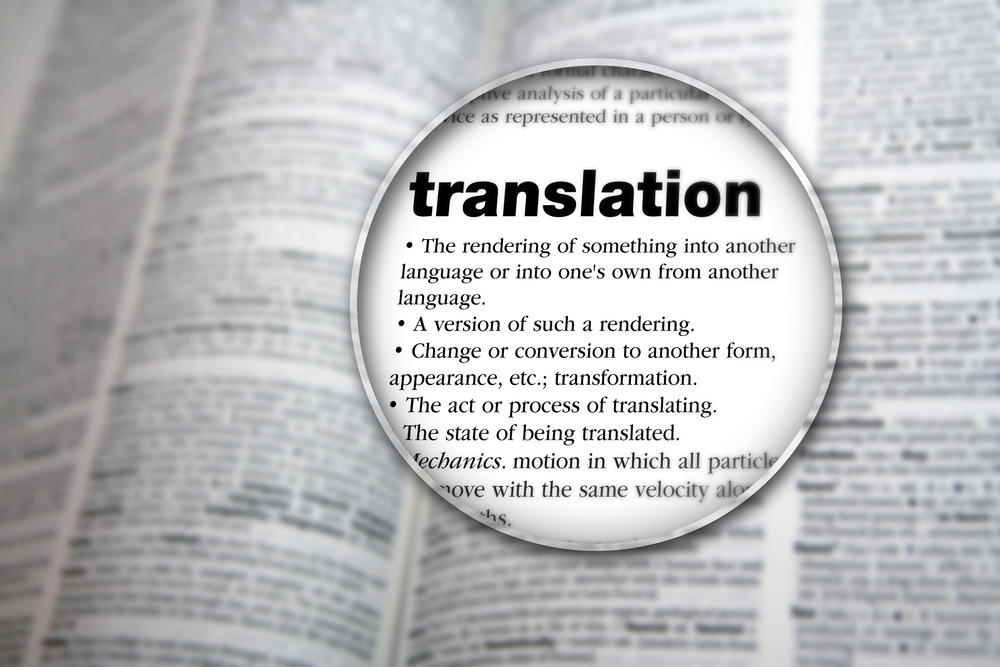Translation process is part art, part science. The act of translating a word, phrase, or sentence can seem straightforward, especially today when there’s an app for everything. Just like in every science, though, there are nuances within the process that can dramatically affect the outcome. Translators must consider much more than just proper language structure. Review these examples of translations gone wrong.
- The Nova car by Chevy translated to “no go” in Spanish, resulting it poor sales throughout Latin America.
- Pepsi’s “Come alive with the Pepsi Generation” was read as “Pepsi brings your ancestors back from the grave” by billions of potential consumers in China.
- HSBC bank thought their promotional phrase “Assume Nothing” would work for its international clients. Unfortunately, though, it was mistakenly translated as “Do Nothing” in many overseas markets.
- KFC’s appetizing “finger-lickin’-good” catchphrase was poorly translated to a not-so-appetizing phrase, “eat your fingers off,” in China.
- When trying to enter the U.S. market with its high-powered vacuum, the translation of Electrolux’s tagline translated to “Nothing sucks like an Electrolux” in English. While grammatically correct, the phrase meant something very different to American consumers.
- The Pampers brand of diapers was well known for its imagery of a stork with a happy baby on its packaging. Unfortunately, that image wasn’t cute and cuddly to a lot of international consumers who had never heard of the stork folklore. This story proves that it’s not just words that need to be translated, but images as well.
How to Avoid Translation Disasters
Following a proven translation process can help you avoid language disasters. At Workplace Languages, we follow a tried-and-true seven-step translation process:
- Initial Consultation – we spend the time to get to know you and the goals of your project.
- Project Management – after you accept our free estimate, your project is assigned to a project manager who coordinates with everyone on the team, including editors, proofreaders and the translators.
- Translation, Editing and Proofreading – The translators assigned to your project will have industry-specific knowledge and are native speakers of the target language. Once the material is translated, it’s double-checked by an editor, then a proofreader.
- Quality Assurance (QA) – Once the project has been translated and checked by our team, we perform critical quality assurance testing using a separate QA tool and process.
- Project Sign Off – Your project manager ensures all your requirements have been met and will send you the finished translation(s).
- Client Feedback – If you have changes to the translation, we complete them, re-check everything, and send it back.
- Summary and Glossary File Update – throughout the process, your project manager develops a company-specific glossary. This “vocabulary database” is critical to ensure consistency and accuracy within the project and for future projects.
Translation Services from Workplace Languages
At Workplace Languages, we provide professional translation services in more than 200 languages. The final result is a speedy and reliable translation that will help your business reach a wider, multilingual audience and expand its presence in a new market. Contact us to learn more.




